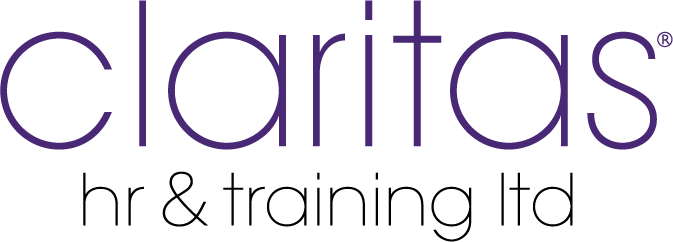If you employ people in your business – even just one person – or you’ve been employed by a business before, then you’re probably familiar with the performance review. For most businesses, they’re treated as a once annual meeting between employee and manager to discuss performance and suggest improvements. But here’s the thing. A lot can happen in a year and having saved up 12 months’ worth of comments and improvements for that one review isn’t actually that useful to anyone. Which begs the question, what is the point of performance reviews, and what could you do to improve them in your business?
The Role Of Performance Reviews
Depending on who you talk to, there are a lot of reasons for performance reviews, and your individual view usually depends on your own personal experience. But generally, a performance review is a chance for manager and employee to get together and discuss the employee’s work over the previous period (usually a year). These meetings give employees the opportunity to better understand what’s expected of them and learn what behaviours they need to alter or modify to do their job better. They also give the manager a chance to get to know the employee better, identify both strengths and weaknesses they may have, and send a message that they care about the employee’s performance and development. Performance reviews should be a positive experience – a chance to learn and improve on the previous years’ work – and not a disciplinary hearing where managers run through a list of failures. Sadly though, this is often the case, and performance reviews either end up being overly negative, or worse, an utterly useless box-ticking exercise.
Could Continuous Feedback Replace Annual Appraisals?
The ‘standard’ format for performance reviews and appraisals is currently annual, usually around the work year anniversary of the employee. But discussions around the effectiveness of a single annual appraisal have been going on for years, with a lot of good arguments for and against retaining the format. But recently, a new argument is being made to do away with it completely, and instead replace the annual appraisal with a system of continuous feedback. This would mean no more once-a-year reviews, and more on-the-spot feedback and regular reviews and performance check-ins. Not only would this approach benefit the business by helping keep employee’s efforts in line with business goals and achieving greater agility through the ability to be flexible and rapidly affect change, but it’s much more popular with employees too. In fact, the research has been pretty conclusive on this one. According to a study done by PwC, 51% of employees said they welcomed and expected regular feedback and praise for a job well done. 51% also said that feedback should be given frequently or continually on the job, with only 1% saying that feedback was not important to them. Overall, a regular feedback cycle between managers and employees can result in timely corrections to behaviours, improved and ongoing development and a much better employee-manager relationship. In fact, the only thing holding many businesses back from moving over to this feedback method is a combination of lack of buy-in from senior leadership and struggling to record such informal feedback. Which, if you think about it, is an easy hurdle to overcome.
You can read the full report on continuous feedback by clicking here – I definitely recommend it!
Top Tips To Improve Your Performance Reviews
• Don’t Just Focus On The Bad. Performance reviews should be balanced in order to be effective. So make sure you are recognising and praising good work as well as offering areas for improvement.
• Be Honest. Even if the discussion you need to have is difficult or uncomfortable, you’re not doing anyone any favours by skirting around it. That doesn’t mean you need to be cruel, or dwell on the issue, but you should always be upfront about your issues and expectations.
• Listen, And Make Sure You’ve Been Heard. Hearing and listening aren’t the same thing. When giving feedback, make sure the person you’re talking to clearly understands what you’ve said, and repeat back their points as you understand them, to avoid any misunderstandings later on.
• Don’t Expect Instant Results. Even when the feedback is well received, it takes time for people to change their habits. So, don’t expect your suggestions to manifest right away. Give employees time to absorb your feedback and act on it, and make a point of recognising the incremental changes, not just the big strides.
Ultimately, feedback is an essential tool for all managers and business owners, but its effectiveness is all in the delivery. It’s up to managers to understand the role of performance reviews, and how they can best deliver feedback to their team. For some, that might be a monthly or even weekly check-in, while with others it might simply be giving feedback on the spot. At AJ HR Solutions, we work with businesses and managers to help them understand these things and develop their own strategies for delivering effective performance reviews. For more information, or to ask about our HR performance review support, just get in touch with us today.



